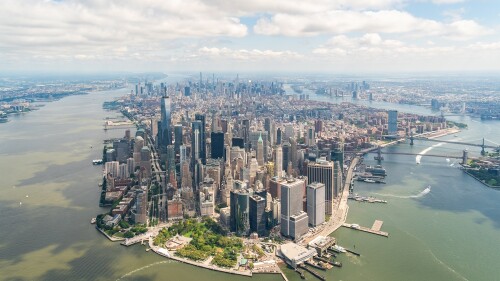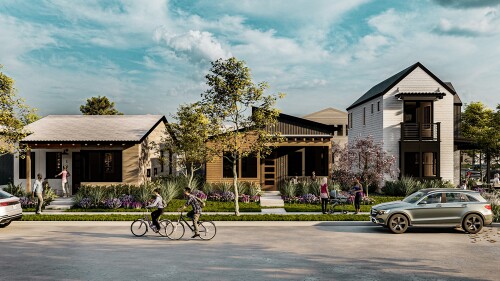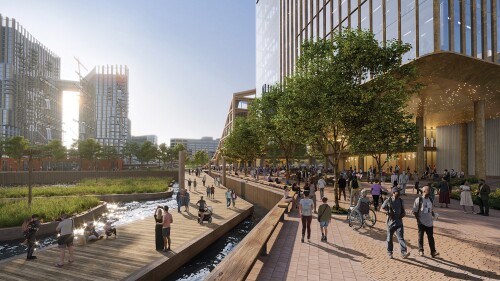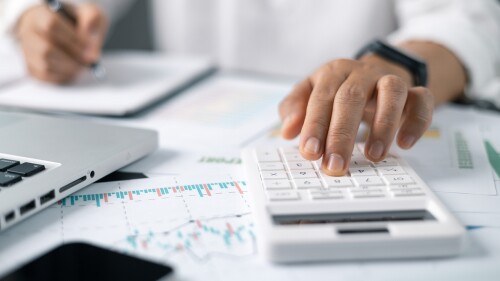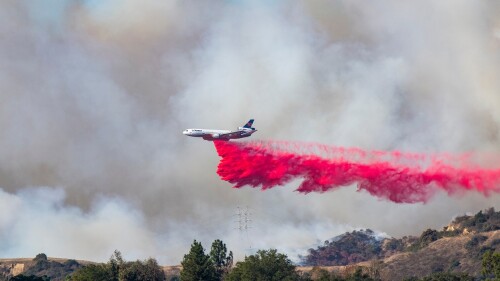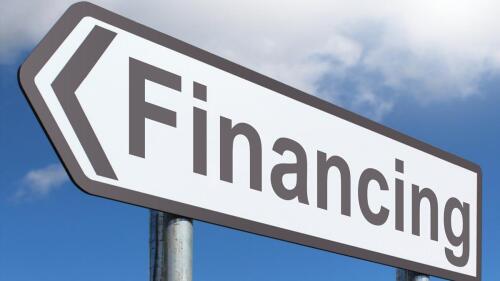We hope everyone is looking forward to warm-weather activities as summer has begun at ULI HQ in Washington, D.C. In case you missed it, we wanted to share the articles that resonated with the most readers in the first half of 2025.
The ULI Net Zero Imperative (NZI) is ULI’s multiyear initiative to accelerate decarbonization in the built environment and advance the organization’s net zero mission priority. Implemented by the ULI Lewis Center for Sustainability in Real Estate, key programs include Technical Assistance Panels (TAPs), which are intense three-day engagements during which a panel of ULI member experts and partners help clients or sponsors, often local governments, think through strategies for advancing their net zero goals.
Deep discounts, favorable financing, and long-term benefits are turning users into owners.
Graduated students are invited to guest with ULI Product Council’s at the Fall and Spring Meetings, getting in-person networking with industry leaders in addition to tours and other discussions.
Industry Voices
Zed Smith is the chief operating officer for The Cordish Companies. In that capacity—now for almost a decade—Smith oversees all aspects of the company’s operating properties portfolio, which includes numerous high-profile entertainment, mixed-use, and sports-anchored developments located in urban communities nationwide. Many of those developments have been transformative, thanks to their economic and cultural impact.
In an exciting development for women’s sports in Denver, Colorado, the city council recently approved a $70 million infrastructure grant to purchase and ready a site for construction of a new stadium dedicated to a new National Women’s Soccer League team. This initiative marks a significant milestone not only for women’s soccer but also for the community at large, as it aims to empower women’s sports and create a vibrant hub for activities revolving around them.
As practitioners in the industry, we can all too easily reduce our thoughts about housing to the practical machinations of our work. Decisions are often made to serve regulatory agencies and capital providers, and to find the cheapest and fastest path to completion. We mustn’t lose sight of the fact that our job is to create places that serve real-life human needs.
Nestled in the forested hills west of Napa Valley, Enchanted Hills Camp—which is owned by LightHouse for the Blind and Visually Impaired—has provided unparalleled recreational opportunities and skills training for blind and low-vision campers of all ages since 1950. After the devastating Napa wildfires of 2017 destroyed more than 25 structures and in excess of 900 trees on the property, the camp was not only rebuilt but also reimagined.
The creation of public space from unused, underused, or unequally shared linear spaces in urban areas has been happening for a long time. Major reference points in the architectural and planning worlds are Boston’s Emerald Necklace, designed by Frederick Law Olmsted (1878–1896); Freeway Park in Seattle (1972-1976); the Baltimore Inner Harbor (1963–1983); the Promenade Plantée in Paris (1987-1994); and the High Line in New York (2005–2019).
More than a century ago, the Baltimore waterfront was a working harbor. After a massive 1970s redevelopment that turned the area into the centerpiece of Baltimore’s tourism industry, the American Institute of Architects called it “one of the supreme achievements of large-scale urban design and development in U.S. history.” Yet it became insolvent in 2019. Key lessons learned here can prevent this cycle from repeating as we envision what the next 100 years might hold for the center of Charm City.
Capital Markets
Deep discounts, favorable financing, and long-term benefits are turning users into owners.
President Donald Trump has said that his administration is working to privatize Fannie Mae and Freddie Mac and end the government-controlled conservatorship of the two that has been in place since the 2008 housing crash. The plan being floated involves taking the two entities public while retaining key U.S. government guarantees to backstop loans.
The 27th annual ULI Real Estate Economic Forecast points toward positive, but also toward sharply lower expectations for GDP and job growth this year. The consensus forecast calls for GDP growth to decline to 1.3 percent this year—a 150-basis-point drop compared to 2024.
Project Recovery in Los Angeles
At the Urban Land Institute’s 2025 Spring Meeting in Denver, real estate leaders gathered to share critical lessons learned from the catastrophic wildfires that ravaged Los Angeles in January. The panel, “Rebuilding Resilience: A Conversation with Leaders on Lessons from the Los Angeles Wildfires,” emphasized the importance of swift disaster response and collaborative approaches, as members unveiled the influential Project Recovery: Rebuilding Los Angeles After the January 2025 Wildfires report, which they hope will serve as a blueprint for other cities facing disasters.
In the aftermath of January’s devastating Eaton and Palisades fires, Los Angeles faces a daunting challenge: how to rebuild not only homes but also the infrastructure that underpins entire communities—from water and electrical distribution systems to damaged sewers and streets to community essentials such as trees, parks, and libraries. The scale of the infrastructure challenge is immense.
Experts explore new underwriting models and tax increment financing districts to fund the rebuilding of homes and infrastructure
Experts encourage the creation of community rebuilding authorities and
other measures to ensure the best-case scenario for recovery after January’s wildfires
other measures to ensure the best-case scenario for recovery after January’s wildfires
In the aftermath of California’s devastating January fires, which caused more than $164 billion in losses, experts are calling for urgent reforms in wildfire insurance policies. Advocates, including Darcy L. Coleman of Alagem Capital, emphasize the need for legislation that empowers the insurance commissioner to mandate incentives for fire-hardening and community mitigation efforts. They warn that, without proactive measures to address skyrocketing premiums and inadequate coverage, homeowners are sure to face heightened financial risks when disaster strikes.
Neighborhood collaboration is key to swift rebuilding
A professional self-certification program could dramatically boost the recovery effort
Experts suggest more comprehensive soil testing to ensure wildfire victims can safely return home
Eye on Tariffs
Private real estate owners and investors searching for clues on how tariffs are likely to affect commercial real estate are tuning in to what public REIT executives are saying. The word of the hour remains “uncertainty” as private and public real estate companies continue to watch and wait to see how the current administration’s trade policy and global tariffs continue to play out.
How are tariffs likely to affect commercial real estate?
How are tariffs likely to affect commercial real estate?


